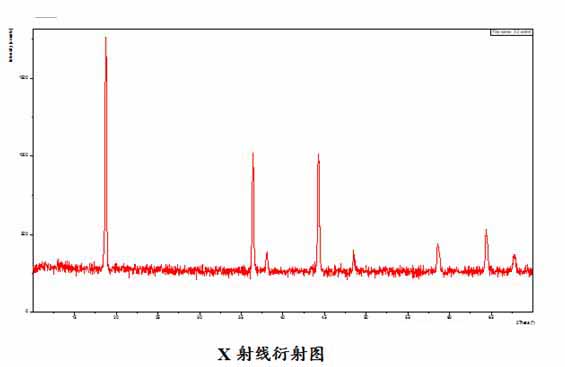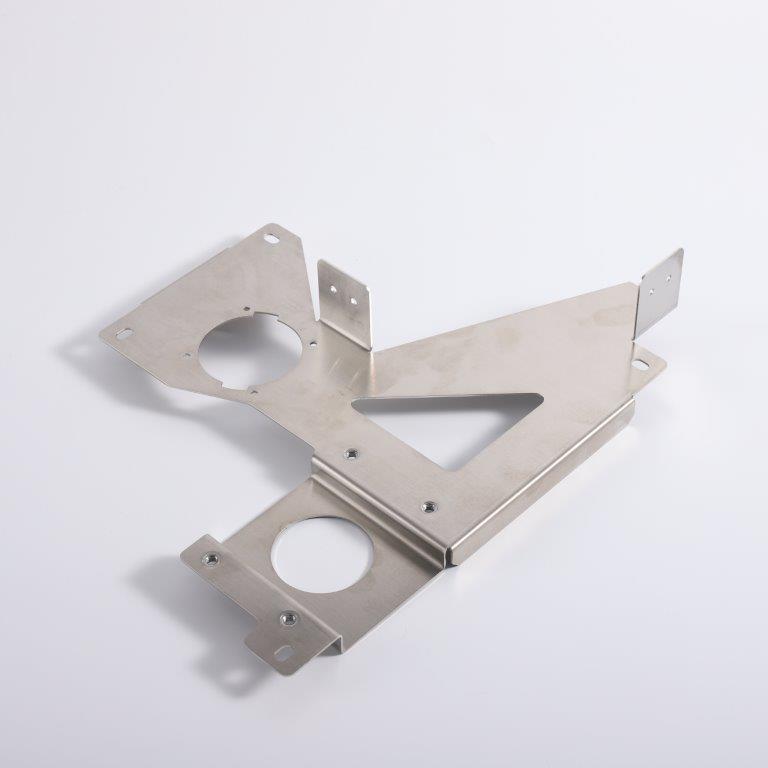Recently, the 5V cathode material project of Jining Unbounded Technology Co., Ltd. (abbreviated as “Unbounded Science and Technologyâ€) has completed the industrialization transformation, and it has been mass-produced and has been put on the market. The R&D strength of unbounded technology is once again at the forefront of the domestic industry.
"5V cathode material is nickel-manganese binary material, the discharge platform is up to 4.7V, the charging voltage can be charged to 5.2V, the specific capacity can reach 135mAh/g or more; 5V cathode material and lithium manganate, ternary materials, ferrous phosphate Lithium and other traditional cathode materials, compared with high voltage platform, safety performance, cycle performance, excellent rate performance, high-voltage battery matching group and other advantages. "Nanjing, general manager of unbounded technology for the Chinese battery magazine - China Battery Network said. The advent of 5V cathode materials not only satisfies the market demand for high-voltage lithium batteries, but also fills the gap in the lithium battery market, and at the same time makes R&D of anode materials for unbounded technologies reach new levels.

Since its establishment in 2004, Unbounded Technologies has always put scientific and technological innovation as its core competitiveness, and has successively introduced cathode materials such as ternary materials, lithium manganate, lithium cobalt oxide, and lithium iron phosphate, and will be based on the different needs of the market. The development of meta-materials is 523-type, 111-type, 424-type, 622-type, 811-type and other types of performance; continuous modification of lithium manganate has also been introduced high-temperature power type, high-temperature energy storage type and other high-performance manganese Lithium acid; supporting the introduction of a positive partner, graphene slurry and other new products, which have demonstrated the company's R & D strength and the strength of product industrial transformation.
The development of lithium batteries is closely related to high-voltage, high-capacity, high-magnification, high-security, and long-lived hot spots. It is a trend and direction that includes Samsung SDI, LGC, Panasonic, ATL, and Lishen batteries. . The mass production of 5V cathode materials with unbounded technology indicates that lithium batteries have successfully entered the industry upgrade of the 4.7V voltage platform, and its accompanying high-voltage electrolyte will also promote the real application of 5V batteries.
As far as Chinese industries are concerned, thanks to the rapid development of power lithium-ion batteries, the overall industry scale of cathode materials industry in 2013 reached 8.5 billion yuan, a year-on-year increase of 19.72%. With the acceleration of the marketization of new energy vehicles, the positive electrode material industry will maintain a growth rate of more than 20%. Future key applications for cathode materials will focus on power/energy applications such as power tools, light electric vehicles, new energy vehicles, and energy storage systems. The industry scale in this area will continue to grow exponentially in the next few years. The traditional lithium-ion battery industry for consumer electronics will maintain its steady growth.
From the perspective of the market structure of lithium-ion batteries, Wu Hui, the strategic partner of China Battery Magazine-China Battery Network (mybattery), believes that the growth momentum of cathode materials in the next three years will come from the use of new energy sources. The car battery represents the power battery. By 2016, the proportion of China's lithium-ion battery industry will reach 44%.
Jiang Ning introduced that after several pilot tests and pilot tests by multiple cell manufacturers in China, this material can be used to make single-cell lithium batteries with a voltage platform as high as 4.5 V or more. Its voltage platform is much higher than that of traditional lithium batteries. Obviously, This kind of high-voltage lithium battery can obtain the performance of lithium titanate even more, make up for the voltage defect of the lithium battery produced by lithium titanate as the negative electrode; it succeeds in mass production of large output power density; and a new type of lithium titanate negative electrode. Matching, but also a comprehensive increase in battery voltage, better and predictive performance, will bring a lithium battery material industry upgrade, but the 5V cathode material charge and discharge potential has exceeded the current commercial electrolyte Eg, 5V material matching The volume production of the electrolyte has become a prerequisite for large-scale commercial use of 5V materials.
From the analysis of future technological development direction, Wu Hui thinks that the development direction of cathode materials is mainly in two directions. The first direction is to meet the research direction of high-capacity cathode materials for traditional digital products: Lithium cobaltate to ternary materials (Ni content: 30% -50%) to high-nickel ternary materials (Ni content above 60%) to layered manganese-based high-voltage materials. Another important direction of cathode materials is to meet the low-cost requirements of new energy vehicles and energy storage batteries, mainly from the current lithium iron phosphate, lithium manganate to lithium manganese oxide to 5V spinel high voltage materials, through the use of more Cheaper raw materials reduce costs.
CNC laser cutting technology is computer numerical control (CNC) equipment capable of cutting holes and intricate shapes with outstanding precision. Laser cutting is a technology designed to produce metal parts from sheet metal through the use of a focused, high-powered laser beam, which vaporizes, melts, burns, or removes material by essentially blowing it away by a jet of gas. This process results in an edge with a high-quality surface finish. This technology, which was initially used for drilling holes into diamond dies, emerged in 1965 and has since been adapted for industrial use and has evolved to be capable of cutting various materials. Laser metal cutting machines cut materials including titanium, aluminum, steel, stainless steel, spring steel, brass, copper, and bronze.
Surface Finishing: Powder Coating, painting, plating, anodizing, polishing, Sandblasting spray coating
Typical Applications
l Telecommunications
l Computer Storage
l Medical
l Industrial Equipment / Machines
l Retail
l Hospitality
l Advertising / Promotion
Laser cutting process is commonly used in sheet metal manufacture, we have many parts that have been cut which are used on the juice machines. Different level thickness sheet metal can be made by different power laser cutting machine. Rapid prototype samples can be made and also the lower cost benefits for the big volume. Please contact us to let us know what you are looking for.

Laser Cutting,Laser Cutting Service,Custom Laser Cutting,Laser Cut Sheet Metal
Suzhou FCE precision electronics Co., LTD , http://www.fcesz.com